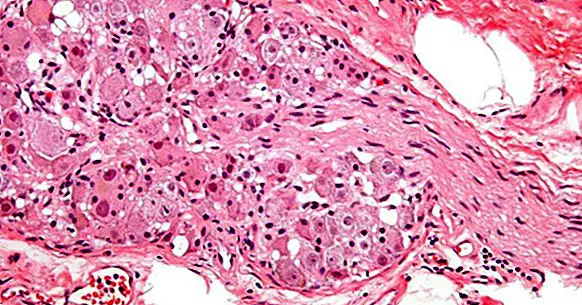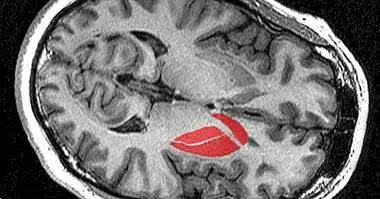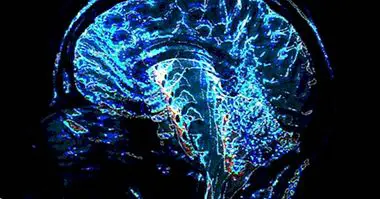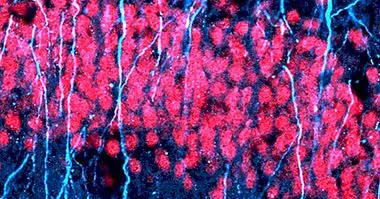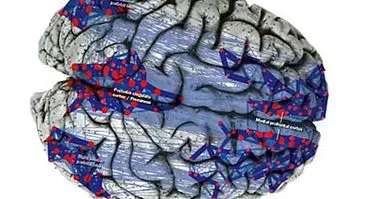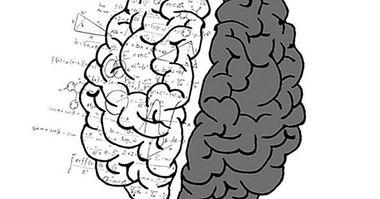Nervous ganglion: types and functions of this part of the nervous system
A nervous ganglion is the grouping of neuronal bodies that are located outside the central nervous system and that perform very important functions to transport electrical impulses connecting the brain with specific organs.
In this article we will see what is a nervous ganglion , how it is composed and what are the two major types in which it is divided.
- Related article: "Parts of the Nervous System: functions and anatomical structures"
What is a nervous ganglion?
In biology, the term "ganglion" is used to designate the masses of tissue that are formed in cellular systems. Specifically in neurology, this term usually refers to a mass or group of nerve cell bodies present in most living organisms. Its main function is to carry nerve impulses from the periphery to the center, or vice versa.
In this sense, a "nervous ganglion" is the agglomeration of somas or neuronal bodies that are located in the autonomic nervous system . It is mainly responsible for connecting the peripheral nervous system with the central nervous system, both in the efferent sense (from the central nervous system to the sensory organs) and afferent (from the sensory organs to the central nervous system).
Therefore, a nervous ganglion is roughly composed by cellular bodies of afferent nerves, cellular bodies of efferent nerves, and neuronal axons . Likewise, it can be divided into two major subtypes according to the specific function they perform within the peripheral nervous system.
- Maybe you're interested: "Neural Soma or pericarion: parts and functions"
Types of nervous ganglion
The nerve ganglia are located outside the central nervous system, that is, in the autonomic nervous system. According to the specific part of the autonomic nervous system to which they belong, as well as according to the specific path they follow to transmit nerve impulses, these ganglia can be divided into sensory and autonomous .
1. Nervous or sensory nerve ganglion
The sensory nerve ganglion acts by receiving signals from the periphery and sending them to the brain, that is, it has an afferent function. It is also known as the somatic ganglion, sensory ganglion, or spinal ganglion, since it is located in the back of other structures called spinal nerves. The latter are the nerves that shape the dorsal and ventral roots of the spinal cord . For this reason, the sensory nerve ganglion is also known as the spinal ganglion.
It is prolonged by these roots or branches crossing different parts of the body, and is responsible for activating electrical impulses from the skin and the muscles of the back (dorsal branches). In fact, another name that these ganglia commonly receive is that of "dorsal root ganglia".
2. Autonomic or vegetative nerve ganglion
The autonomic nervous ganglion acts in the opposite direction to the nervous sensory ganglion, that is, efferently: it receives signals from the central nervous system and sends them to the periphery. It is also called vegetative ganglion, and when belonging to the autonomic nervous system, what it does is regulate motor activity. They are located near the viscera on which acts , although keeping distance with these, and are divided in turn into two types of ganglia:
2.1. Parasympathetic lymph nodes
These are the lymph nodes that are part of the parasympathetic nervous system. They are located in the wall of the viscera that innervate, that is, in the specific area of the organism in which the nerve acts. Because of the closeness they have with the organs they act on, they are also known as intramural ganglia (except for those who act on the neck and head). They are composed of three different roots according to the path followed by the nerve fibers: motor root, sympathetic root or sensory root.
In turn, these nerve fibers make up different cranial nerves, among which are the oculomotor, the facial, the glossopharyngeal, the vagus and the pelvic splanchnic.
2.2. Sympathetic ganglia
As the name implies, they are part of the sympathetic nervous system. They are found on both sides of the spinal cord, forming long nerve chains. It's about the ganglia that they are found around the celiac trunk (Arterial trunk that originates in the aorta, specifically in the part of the abdomen of this artery). The latter are the prevertebral sympathetic ganglia, and can innervate the organs that make up the abdominal and pelvic region, or.
On the other hand there are paravertebral nodes, which form the paravertebral chain and are directed from the neck to the thoracic cavity, acting especially on the viscera.
Among its main functions is the transmission of information about events that may be risky for the organism. In this sense, they are related to stress situations and constitute one of the elements responsible for responding to them, either by means of escape or through aggression.
Bibliographic references:
- University of Navarra Clinic (2015) Nervous Ganglion. Medical Dictionary, University of Navarra. Retrieved August 20, 2018.
- Encyclopedia Britannica (2018). Ganglion Physiology, British Encyclopedia. Retrieved August 20, 2018. Available at //www.britannica.com/science/ganglion.
- Butler, D. (2002). Mobilization of the nervous system. Editorial Paidotribo: Barcelona.
- Navarro, X. (2002) Physiology of the autonomic nervous system. Neurology Magazine, 35 (6): 553-562.

